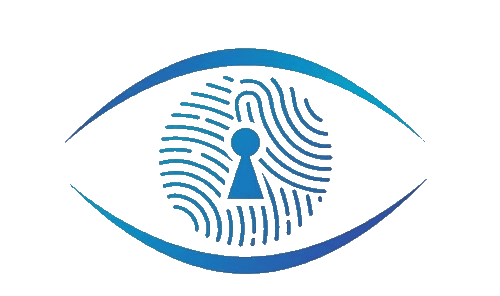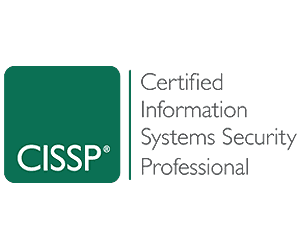Cybersecurity and Internal Audits
Cybersecurity and Internal Audits
Internal audit plays a vital role in supporting firms in the continuous fight against cyber threats by offering an external and unbiased evaluation of controls that are in place or are required, as well as by assisting the board and audit committee in comprehending and addressing the wide range of risks associated with the digital age.
An internal audit, also called first party audit, is an audit “conducted by, or on behalf of, the organization itself”. This basically means that the internal audit is performed by your own employees, or you can hire someone from outside of your company to perform the audit on behalf of your company.
A Cybersecurity audit looks at the processes, policies, and controls an organization has in place to determine whether they are comprehensive and identify any gaps. Cybersecurity audits are typically performed against specific framework or regulatory requirements, such as ISO27001 or GDPR, but can also be performed in line with its own internal policies.
Why performing Internal Audits?
Why performing Internal Audits?
The main purpose of the internal audit is to help improve your management system in your company – this improvement is possible because the auditor is in a perfect position to see what’s going wrong, and by having this deeper insight, he or she can help resolve these problems. In addition, internal audit is a key source of information for the top management team while improving employee’s awareness on management system issues.
Internal vs External Auditor
Internal vs External Auditor
The decision to engage a third-party auditor like Cyber-Management's certified Auditor, or to manage the auditing process internally will be contingent upon the complexity of your organization and the strength of your security personnel.
Internal auditor
If your business is straightforward and you possess adequately skilled IT or risk management personnel, opting for an employee to conduct the internal audit could be the most suitable decision for your organization.
Pros
- Typically more cost-effective.
- Greater oversight of the procedure.
- Can be customized to fit your organization.
Cons
- Employee time costs.
- May not meet the requirements for regulatory or industry standards.
- There may be a potential learning curve, contingent upon the expertise of your security personnel.
- Internal biases may influence decision-making processes.
- There may be a lack of experience in defining the suitable scope.
External auditor
A more complex enterprise manipulating sensitive information may necessitate the involvement of highly skilled auditors. In cases where your organization is subject to particular regulations, it may be mandatory for your auditors to possess specific certifications.
Consequently, numerous companies opt to outsource their auditing processes to conserve time and ensure accuracy. Engaging an independent auditor guarantees that the evaluation is conducted impartially, thereby mitigating potential conflicts of interest.
Pros
- Professionals with extensive experience and formal education.
- Impartial.
- Potentially more effective.
- Capable of ensuring adherence to regulatory and industry standards.
Cons
- Usually more expensive.
- It may be more challenging to collaborate with external auditors.



